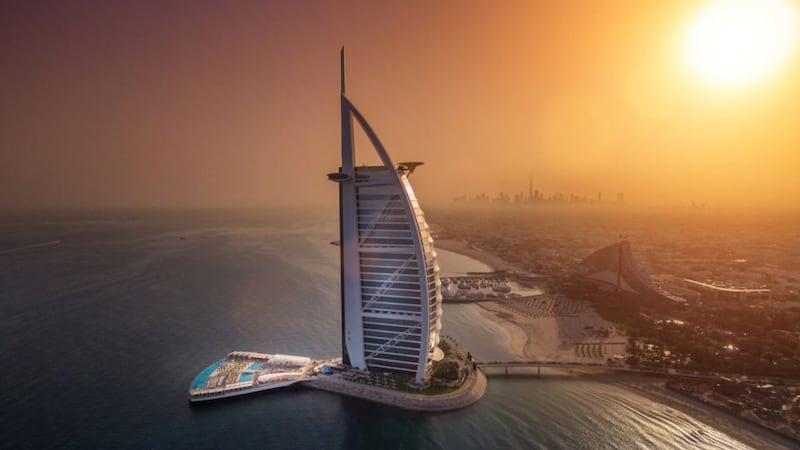Was it a stroke of pure PR genius when a journalist pronounced Burj Al Arab the only seven-star hotel in the world? How had the newest hotel on the block raised the bar, by not one but two levels, and created a whole new category of luxury? The seven-star label was attention-grabbing and media across the globe picked up the story.
Burj Al Arab changes the game
But what does seven-star actually mean? Is it gold taps? Or having your own butler on 24-hour call? Burj Al Arab certainly set some unusual markers, such as the rooftop helipad, famously launched to the world stage by Tiger Woods carving his golf swing towards the azure horizon. At the other end of this shiny sail-shaped pleasure palace lay a giant subterranean aquarium full of exotic sea life for the amusement of dinner guests, the likes of which had never been seen before.
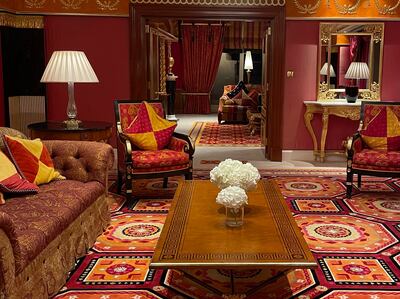
International hoteliers were left scratching their heads, either bemused by the audacious new player, or wondering how they could compete in this new super league. Others rubbished the whole notion of trumped-up stars, calling it a gimmick.
Indeed, Burj Al Arab has never self-promoted as seven-star – presenting itself, instead, as a global icon of Arabian luxury. In a single swoop, it redefined the meaning of exceptional hospitality, in Dubai and around the world. And now that the hotel is offering guided tours of its suites for non-guests for the first time in its history, visitors can decide for themselves whether it fulfils that promise.
You might assume that the marketing success story of the so-called seven-star Burj Al Arab would have marked an immediate emergence of six, seven and what’s to stop eight-star tags appearing across the globe. In fact, there are barely any examples of hotels to have followed suit. Those that wear the seven-star tag, granted multifariously, include the Emirates Palace Hotel in Abu Dhabi, Pangu 7 Star Hotel in Beijing, the Taj Falaknuma Palace in Hyderabad, the Seven Stars Galleria in Milan and the Full Moon Hotel Baku in Azerbaijan.
An interesting collection that offers some of the glitziest suites and flashiest trimmings available, with a level of personalised extras – think caviar facials, gold-plated iPads, and monogrammed bathroom robes and pillowcases – that kick five-star luxury into the long grass.
A new contender takes to the seas
A newer contender in the seven-star stakes is a floating hotel, aka a superyacht. Njord by Bergman Design House strives to deliver uncompromising perfection in the production of dreamy seven-star expedition vessels. Their latest is a magnificent yacht that once lived life as a commercial shipping vessel, and has been resurrected into a luxurious exploration superyacht.
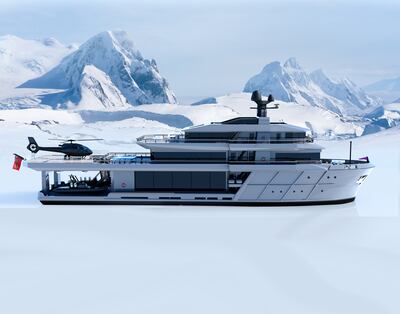
Cassius, which comes with a €40 million ($44.8m) price tag, is defined as seven-star, says founder Marie Soliman. “Our concept of luxury is to have very calm energy,” she says. “It’s a sanctuary. When you enter, you feel that energy. This is the sort of place I want to sit in at night, on my own or with my family, and just relax. When you say boat, you have a very specific idea of what will you see. The same happens in hotel lobbies and lounges or gyms. But the idea behind Bergman was always to break that mould. And we are doing the same here with yachts.”
Sarah Colbon, co-founder of Njord by Bergman Design House, says: “We wanted to create the true meaning of exploration by creating this project as a destination within itself.”
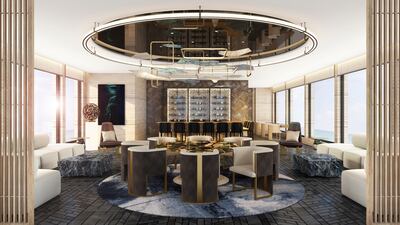
How global hotel classification systems work
In fact, it takes some investigating to understand what hotel star classifications really mean. What should you expect when you stay at a five-star hotel? How does five-star in Dubai compare with five-star in Europe? It used to be simple. Five stars once promised 24-hour room service, a swimming pool and a premium price to match, but these days, it’s all a bit more complex. Today, even a two-star hotel might attain a five-star traveller rating on TripAdvisor.
Officially, there is no such thing as a seven-star rating. And even a five-star rating can vary from country to country as there is no global standard. The British rating system is pretty robust, says Which.co.uk, comprising common standards, annual inspections and assessment across nine areas. Stars, it says, are offered by the Automobile Association (AA), Visit Britain and its partner bodies Visit Scotland and Visit Wales. For full accreditation, hotels must undergo an annual overnight inspection and pay a fee. Since 2006, these bodies have shared Common Quality Standards, which means that they all award the same ratings to the same hotels. Figuring out what the different ratings mean is another story.
In mainland Europe, local government agencies and independent organisations hand out star ratings to hotels. Classification is required by law in Belgium, Denmark, Greece, Hungary, Italy, Malta, the Netherlands, Portugal and Spain – and is voluntary in all other European countries. Various hotel associations in Europe have founded the Hotelstars Union. Founding members were Austria, the Czech Republic, Germany, Hungary, the Netherlands, Sweden and Switzerland. Meanwhile, Belgium, Denmark, Estonia, Greece, Latvia, Liechtenstein, Lithuania, Luxembourg and Malta have also joined – making it easier to compare hotels in the same category in these countries.
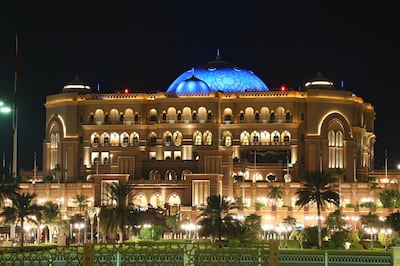
However, in all other European countries, hotel stars are awarded according to different criteria and the classifications all have their own characteristics. While the UK focus is on service, in France the main assessment criteria centres on premises. In Spain, there are 17 regional evaluation regulations, so hotels in Ibiza are rated to completely different criteria from hotels in Barcelona. The Italian star rating classification system focuses on cleanliness, with several regional systems and standards. In Finland and Norway, there is no official star system at all.
In America, stars are awarded by a variety of different groups, from travel guidebooks and national consumer travel associations to travel agencies and websites. In India, the Ministry of Tourism operates a scheme whereby hotel operators can voluntarily seek a classification from the Hotel and Restaurant Approval and Classification Committee, set up under the supervision of the Government of India’s Ministry of Tourism. In Dubai, all hotels are classifies prior to opening by the Department of Tourism and Commerce Marketing.
How to judge?
For many travellers, there exists a certain wow factor that sets a place apart. For some, luxury is more about achieving a synchronicity and sympatico with the destination itself. Hotels that identify and reflect the native ambience, understand the value of knowledgeable local staff, and present fresh flavours and creativity, are much in demand.
Many like to really feel as though they are in the destination they’ve travelled to, from when they wake up until they go to sleep: be it the views, the tastes, the textures of the décor, interaction with the locals, or the flavours of the food and drinks, which all enhance the experience of the destination. Staying at the right hotel can change the whole sensorial relationship with a destination.
Standards are constantly evolving, and consumer expectation is affecting the shift in inclusive provision. While a spa is still a bonus, free Wi-Fi and bedside water, which used to be costly extras, have become normal, reflecting the power of consumer demand.

The travel buzzword in this era of Covid-19 is experiential. For top-end luxury hotels, this can mean offering guests exclusive access to local attractions minus the public, outside normal opening hours. Or a menu of inclusive extras such as yoga classes or swimming lessons.
In this age of online scrutiny, poor standards and bad service have nowhere to hide and are shamed publicly, by the public, on social media and review sites. The challenge to the reader of these many reviews is how to find a trusted voice and valued critical assessment that aligns with their own expectations of excellence.
If it is the critic’s first encounter with luxury, they have no reference points and may be so wowed by the glamour that everything is considered good. At the other end of the scale, the critic may be so versed in top-scale pampering that their sensibilities turn to pernickety perfection, actively seeking out fault. The reader has no way of discerning one from the other. Anyone and everyone may consider themselves a hotel critic, putting fingers to keyboard to type their reviews on TripAdvisor. The point is: taste and judgement are both highly selective.
So, on reflection, are stars helpful? For my part, I always told my children who were naïvely impressed by both stars and price, not to be blindsided. Imagine you’re going into a very smart department store and all the designer labels and price tags have been cut off, I told them. Just go and select the one you like the most and fits the best. It’s also the best policy for how to judge a hotel objectively and a selection classification that’s stood the test of time for me.
